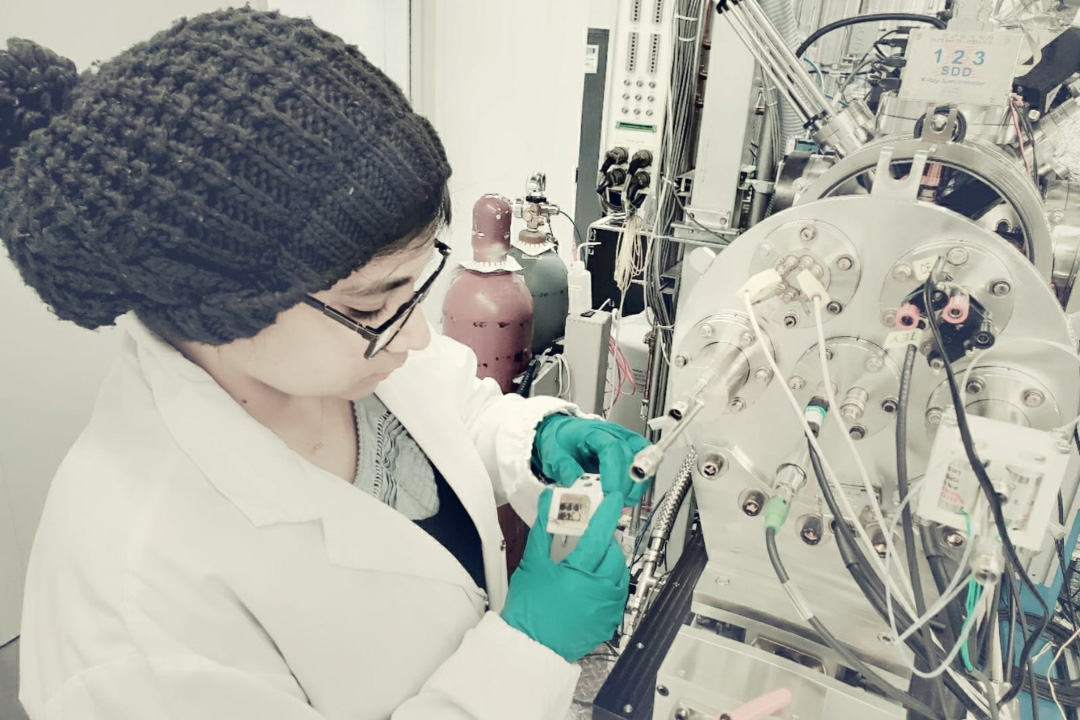
Coffee ground waste may be a lucrative tool to reduce carbon emissions: USask study
A USask research team has been investigating how to transform used coffee grounds into a new carbon storage product.
By BROOKE KLEIBOERUniversity of Saskatchewan (USask) chemical engineering PhD candidate Alivia Mukherjee from the College of Engineering is investigating how spent coffee grounds can be used to reduce greenhouse gas emissions, and add value to an abundant Canadian waste product.
Coffee is one of the most widely consumed drinks and sources of caffeine in the world. Over 70 per cent of Canadians have likely had a cup of coffee in the last 24 hours.
“One day sitting at a local Tim Hortons, I saw the employees were discarding the wastes in huge plastic bags,” said Mukherjee. “I began to brainstorm to understand how leftover organic material—spent coffee grounds from one of the biggest coffee chains in Canada—can be valorized to produce value-added products.”
When a waste product such as coffee grounds are deposited in a landfill, the decomposition process produces methane, which has 21 times more greenhouse gas effects than carbon dioxide.
Mukherjee and her research team have a goal of finding sustainable strategies to re-use and recycle organic waste products in Canada rather than seeing it go to landfills.
In the case of coffee ground waste, the leftover substance has the potential to be able to serve as a trap for carbon dioxide.
Using USask’s Canadian Light Source (CLS) synchrotron technology, Mukherjee treated coffee ground waste with heat to change the surface characteristics of the coffee grounds. Treating the waste in this manner allows it to become more effective at storing carbon.
“With these findings, we can further tune the surface of the adsorbent to help improve the interaction with carbon dioxide in a post-combustion scenario,” Mukherjee said.
Mukherjee’s work can be applied to the concept of carbon capture and storage. This carbon emission reduction technique focuses on trapping the emissions before they are released into the atmosphere, contributing to global warming.
The question of how to be environmentally friendly while still stimulating global economic growth has been a long-standing public debate, and Mukherjee’s project could serve as an example of a possible solution.
“I believe it will excite the public [to] know that drinking coffee is not only limited to as an everyday pleasure that contributes towards the economy, but also the waste generated from consuming it can have a significant impact on the environment.”
Mukherjee estimates the physically altered coffee ground waste that results from the thermal treatment could be sold for up to two dollars per pound as a new product for use in high carbon emissive industries.
She also said one of the benefits of the process is that it can be easily retrofitted to existing industries to help reduce carbon emissions, such as power and chemical plants.
“The unique element of my research lies in the fact that I am exploiting waste generated from the coffee industry that is not only abundant and cheap but also comes with attractive inherent physical and chemical traits,” said Mukherjee. “Additionally, the findings can be used to valorize the organic fractions in tea waste.”
The project is supervised by USask College of Engineering professor Dr. Ajay K. Dalai (PhD), who has served as the Canada Research Chair of Bio-energy and Environmentally Friendly Chemical Processing since 2001, and co-supervised by Dr. Catherine Niu (PhD).
The next step of the research will be to investigate ways to make the process more economical and efficient for industries to implement in their operations.
Following the completion of her doctorate program, Mukherjee plans to work as a climate scientist to pursue potential solutions to global warming.
“When I see that my words impact and touch so many lives, I feel motivated. I feel galvanized knowing that it could contribute to some extent to control climate change.”
The research was funded by the National Sciences and Engineering Council of Canada, the Canadian Research Chair program, and BioFuelNet Canada, and with the scientific support of the CLS and the Saskatchewan Structural Sciences Centre.

